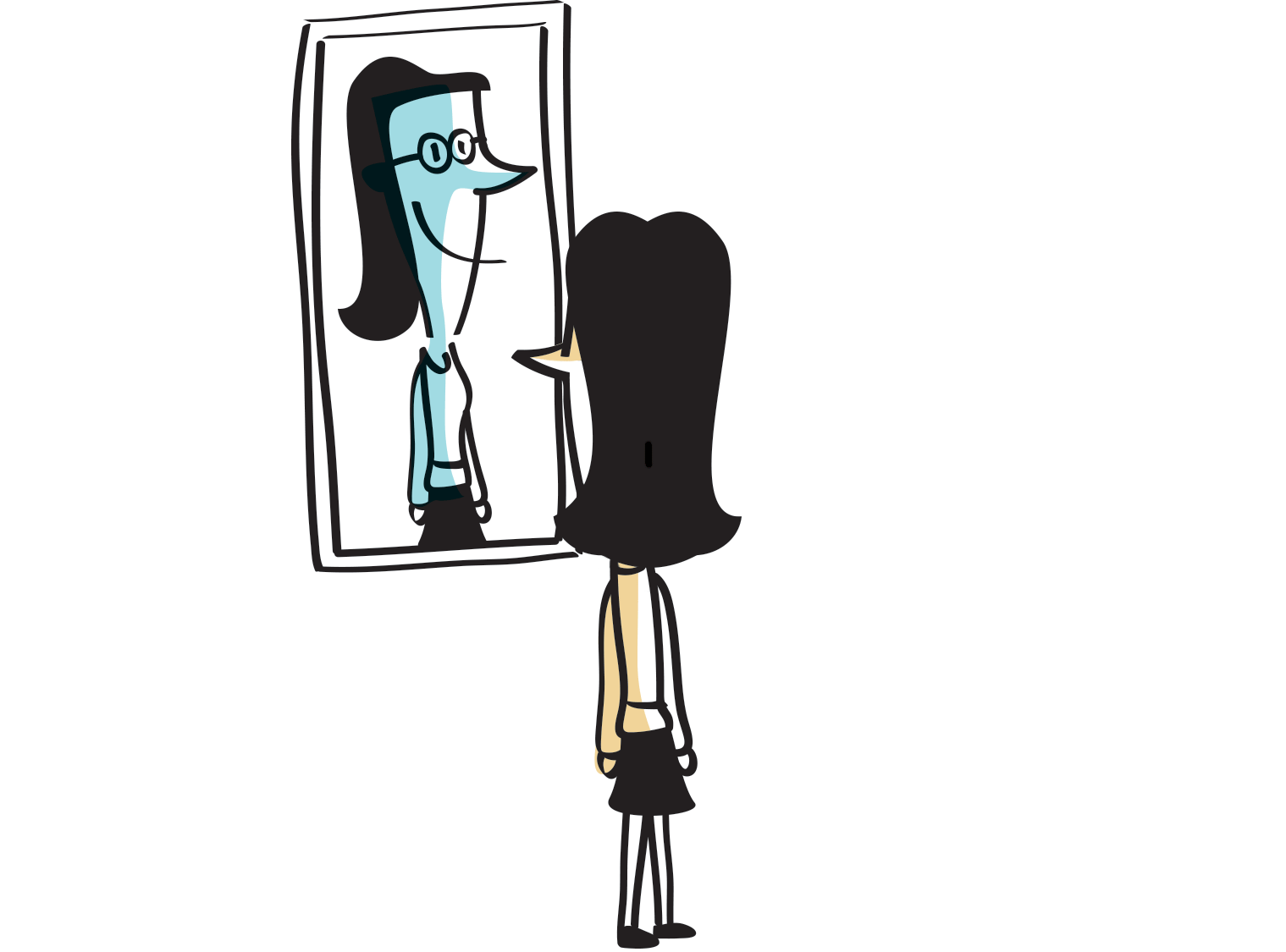Product Influencer
Who are you, really? The most important aspect of a successful influencer is authenticity. According to a recent eMarketer report, 59% of consumers say ads that are inconsistent with an influencer’s feed feel fake, which erodes the value an influencer can bring to a brand. Influencers who bring a genuine voice to the brand story have the greatest impact overall. What image are you projecting online? HOO-R-U helps you determine the nuances of your online identity by evaluating how others might view you through social media.
90% of online marketers use engagement rates to measure the success of their influencer campaigns
[The State of the Influencer Marketing Survey, Linqia, 2017]
Average Earnings for influencer posts on Instagram based on number of followers:
[Daily Chart, The Economist, 2016]
Authenticity Matters
Micro influencers (10,000-90,000 followers) are more effective than macro influencers. (AdAge, April 3, 2017). Does your social media identity project an influencer image?
Seeking Influencer Status A few months ago, Forbes magazine published a comprehensive guide for social media users who aspire becoming influencers. The article listed 13 critical tips covering every conceivable aspect of influencer success. People interested in joining the cadre of influencers would certainly be well advised to heed the advice.
But how do you know if you have the personal qualities necessary to succeed in influencing others—whether to prefer a certain brand, to pursue a certain social cause, to read certain books, etc.?
HOO-R-U Score is the first step. Get it and you will get a clear view how you stack up vis-à-vis your peers in terms of having—and projecting—the qualities necessary for being an influencer. Some people have it; others may not, but no one says that influencer qualities cannot be acquired if you put your mind to it, particularly since you are probably spending quite a bit of time on social media already.
‘The New Celebrity’: The Rise Of Influencers — And How They Changed Advertising: NPR
IT’S BEEN A MINUTE, September 10, 2019
Open Instagram, scroll through your feed and it likely won’t take you long to find an influencer posting about anything — a handbag, a pair of shoes, a new moisturizer or a nice meal at that restaurant down the block. Influencers and sponsored posts are everywhere you look on social media, and most reports estimate brands are pouring billions of their marketing dollars into partnering with these users who can reach consumers on social media.
But as the lines between what’s an ad and what isn’t seem to blur, is a marketing strategy based on the algorithm and reach of social media platforms creating a bubble?
HOO-R-U can help make you a more successful influencer.
You’ll be asked a series of questions. When you’re finished, you’ll be given scores on 5 dimensions of your online profile. The scores are based on how important each element of your profile is to you and only you. These scores, on a scale from 1-100, are calculated in a way that takes into account how you stack up compared to other people who have used HOO-R-U and are most similar to you in age, gender, education and social media usage
What we do online can strongly affect our offline lives in ways we never imagined. HOO-R-U tells you what you really are communicating about yourself and prods you to think about what you really want to project. We hope getting your HOO-R-U Profile becomes a regular activity for all the people who care and are concerned with the footprints they leave on social media. After all, those prints can live forever.
The Looking Glass Self
The methodology of the HOO-R-U Profile and Score is derived from the “looking glass self” social science model that is the foundation of the theory of self in sociology. It dates back to the early 20th century and is best captured by this curious statement:
“I am not who you think I am; I am not who I think I am; I am who I think, you think, I am” – Dr. Charles Horton Cooley (1902)
HOW IT WORKS
You’ll be asked a series of questions. When you’re finished, you’ll be given scores on 5 dimensions of your online profile. The scores are based on how important each element of your profile is to you and only you. These scores, on a scale from 1-100, are calculated in a way that takes into account how you stack up compared to other people who have used HOO-R-U and are most similar to you in age, gender, education and social media usage
WHY IT'S IMPORTANT
What we do online can strongly affect our offline lives in ways we never imagined. HOO-R-U tells you what you really are communicating about yourself and prods you to think about what you really want to project. We hope getting your HOO-R-U Profile becomes a regular activity for all the people who care and are concerned with the footprints they leave on social media. After all, those prints can live forever.
THE SCIENCE BEHIND IT
The Looking Glass Self
The methodology of the HOO-R-U Profile and Score is derived from the “looking glass self” social science model that is the foundation of the theory of self in sociology. It dates back to the early 20th century and is best captured by this curious statement:
“I am not who you think I am; I am not who I think I am; I am who I think, you think, I am” – Dr. Charles Horton Cooley (1902)







